In competition, the padel is played at 4 and not at 2. There are no tournaments reserved for one-on-one and that does not really correspond to the deep soul of the discipline. However, two-way kicking can help you develop many training skills!
It may seem like beta as an observation, it is even a pretty obvious truism, but it is always easier to find an opponent rather than three. The two-player game is therefore a very interesting alternative nowadays, because with the sanitary restrictions, it is not always easy to bring together four partners outdoors ... So, diagonal or “single” pitch, we tell you everything!
The diagonal: a way to improve padel
We very often see professional or good level players training in pairs on the diagonal on normal terrain. Why ? Because it has a lot of advantages. Indeed, at padel we play a lot in its diagonal since it is there that we have the most space in length (see Pythagorean theorem). It is therefore interesting to to train to play exchanges in his “diago” to gain in regularity.
In addition, playing one-on-one in the diagonal offers the possibility of testing new technical gestures as well as improving its precision, due to rules of “cruzado”. If you are used to always playing on the same side, it can be interesting to train a little diagonally on the left as well as on the right in order to fully understand the specifics of each side. This should allow you to better understand certain choices made by your partners during matches.
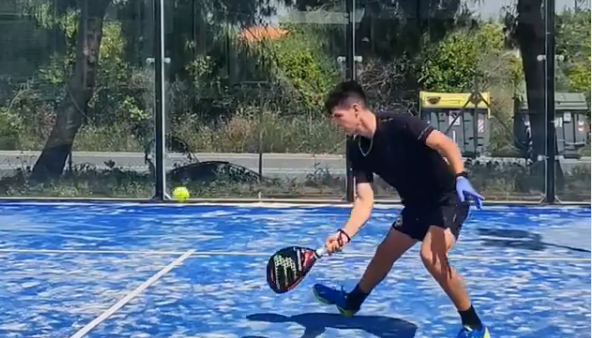
Finally, it is a good solution for develop cardio because of the high number of balls that we will have to play. Good endurance in training is the assurance of being able to play longer in 4-player matches!
Nothing prevents you after a diagonal session to play a little opposite to flesh out your palette a little. Diagonal work can be done very frequently, but at least from time to time think about making a 4-way match to transpose all your new skills!
What about simple grounds?
If diagonal training is used a lot, especially by professional players, what about padel on so-called “single” land ?
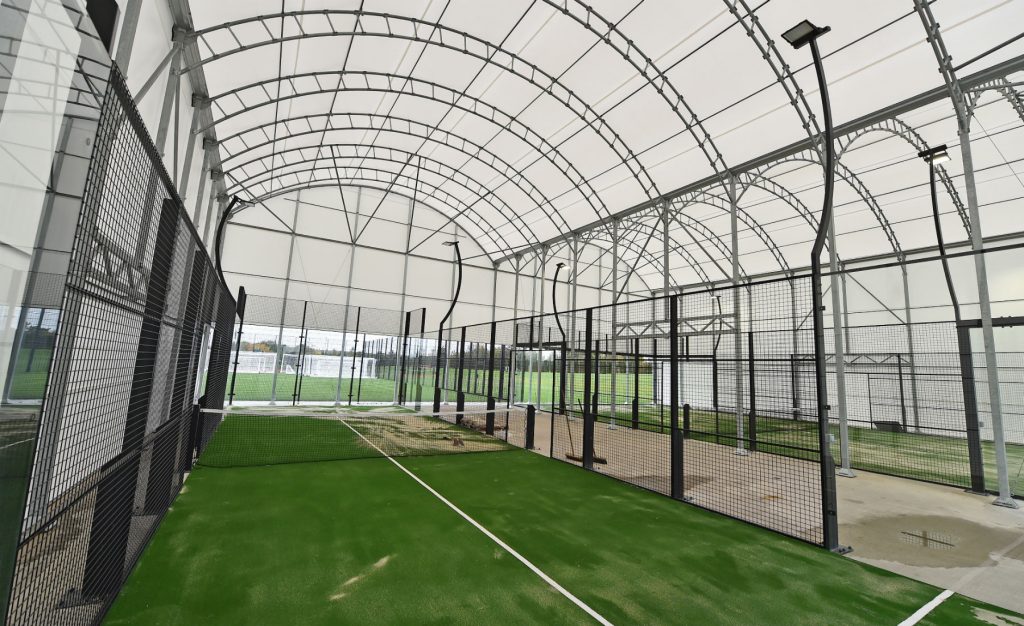
“Single” tracks should primarily be seen as initiation fields, where you learn to use the windows, the grids, on a small surface and with a lot of balls to play. They are therefore interesting for those who are new to the activity and who do not want to jump into the deep end yet. It is of course not forbidden to have a little game there for fun but that will not really make you progress for your games of “real”. padel”…
In short, it mostly looks like tennis between walls and with a pala. It's not unpleasant, it allows you to let off steam anyway, but it's a whole different sport from padel.
Indeed, it is not established that your skills developed on a “single” will be reflected in duplicate thereafter. On such a ground, the meaning of the game changes radically, especially compared to the use of the diagonal. Also if you get used to lobbing on simple ground, it's a safe bet that your lobs will be too short on real ground ...
En conclusion, the singles pitch can be interesting for beginners, when diagonal work on normal terrain is very useful for players looking to progress and especially the competitors! Anyway, if we want to improve at padel, training can only be summed up in two-man work, it is also absolutely necessary to make matches or training with 4 to transpose the new achievements in a context similar to that of the competition!
Team Padel Magazine tries to offer you since 2013 the best of padel, but also surveys, analyzes to try to understand the world of padel. From the game to the politics of our sport, Padel Magazine is at your service.

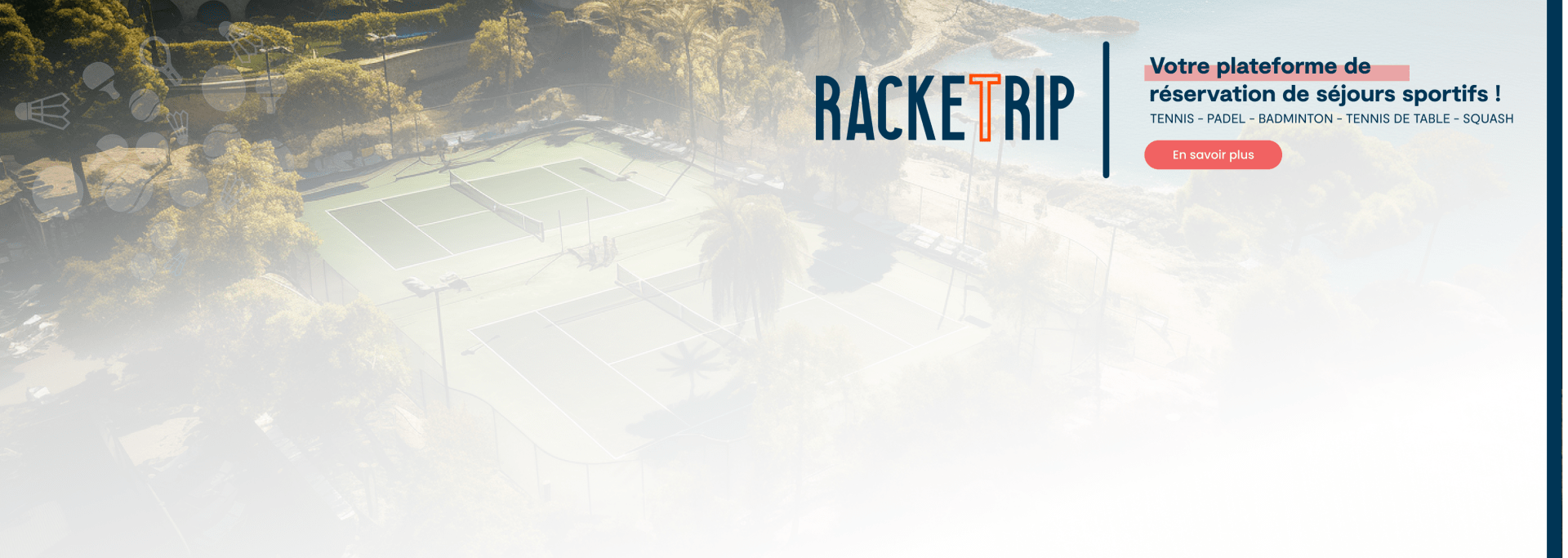


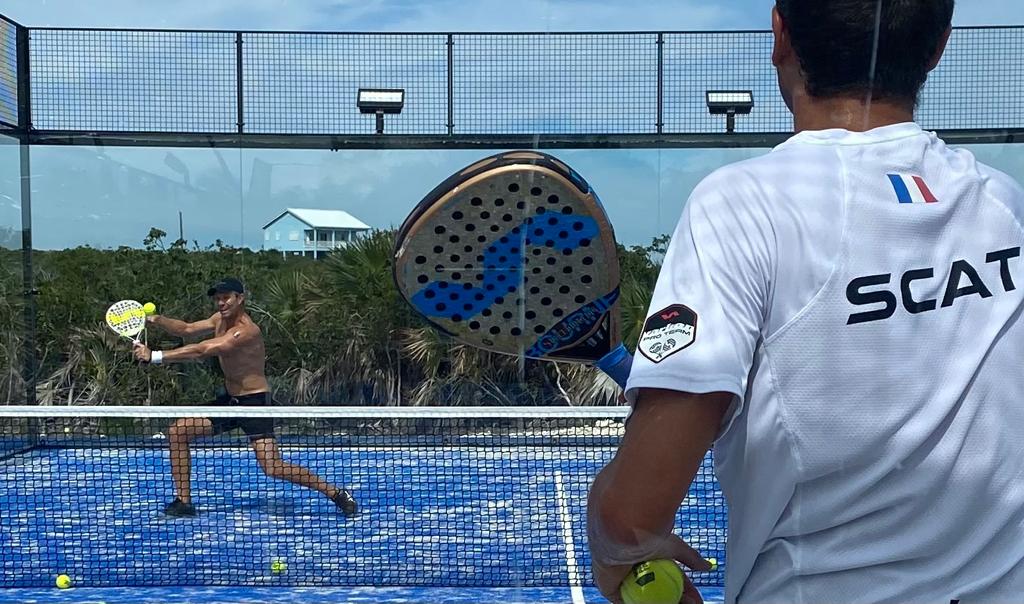











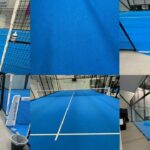
















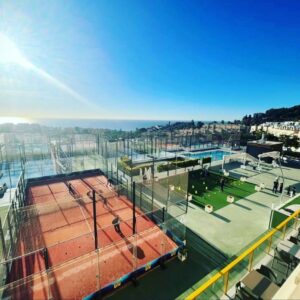




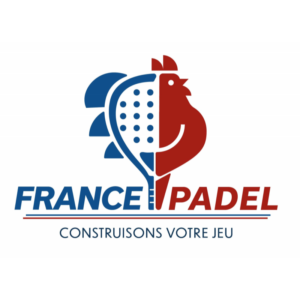



















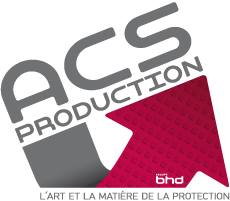




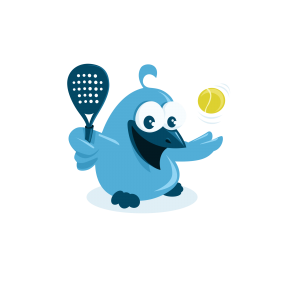

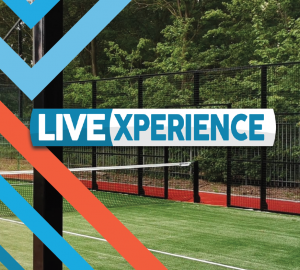




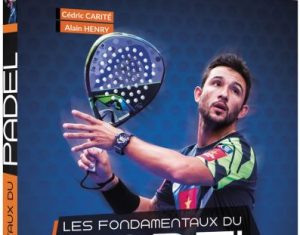


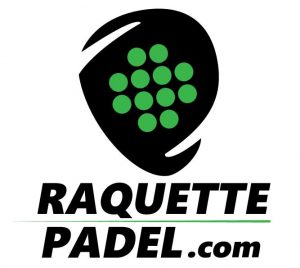

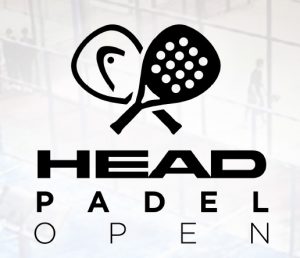









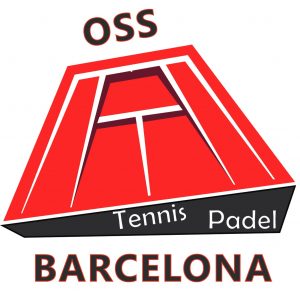
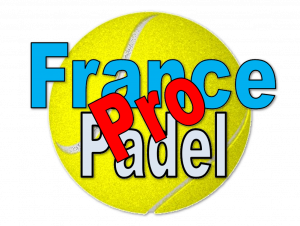




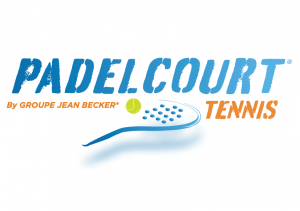









 Padel Score comes to Tahiti for American Express Padel Cup!
Padel Score comes to Tahiti for American Express Padel Cup!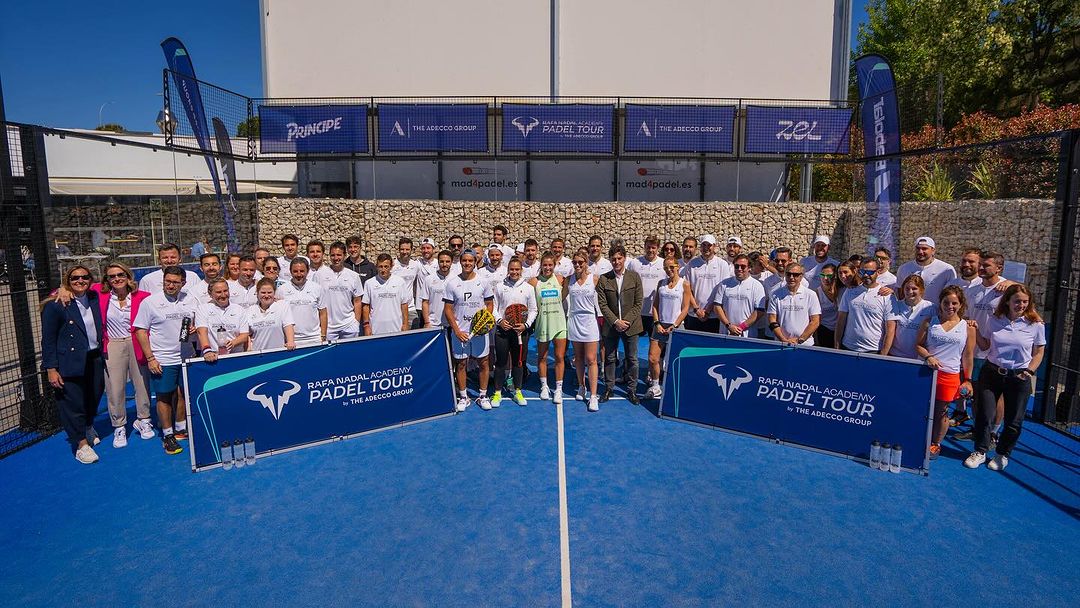 Do you know the Rafa Nadal Academy Tour?
Do you know the Rafa Nadal Academy Tour?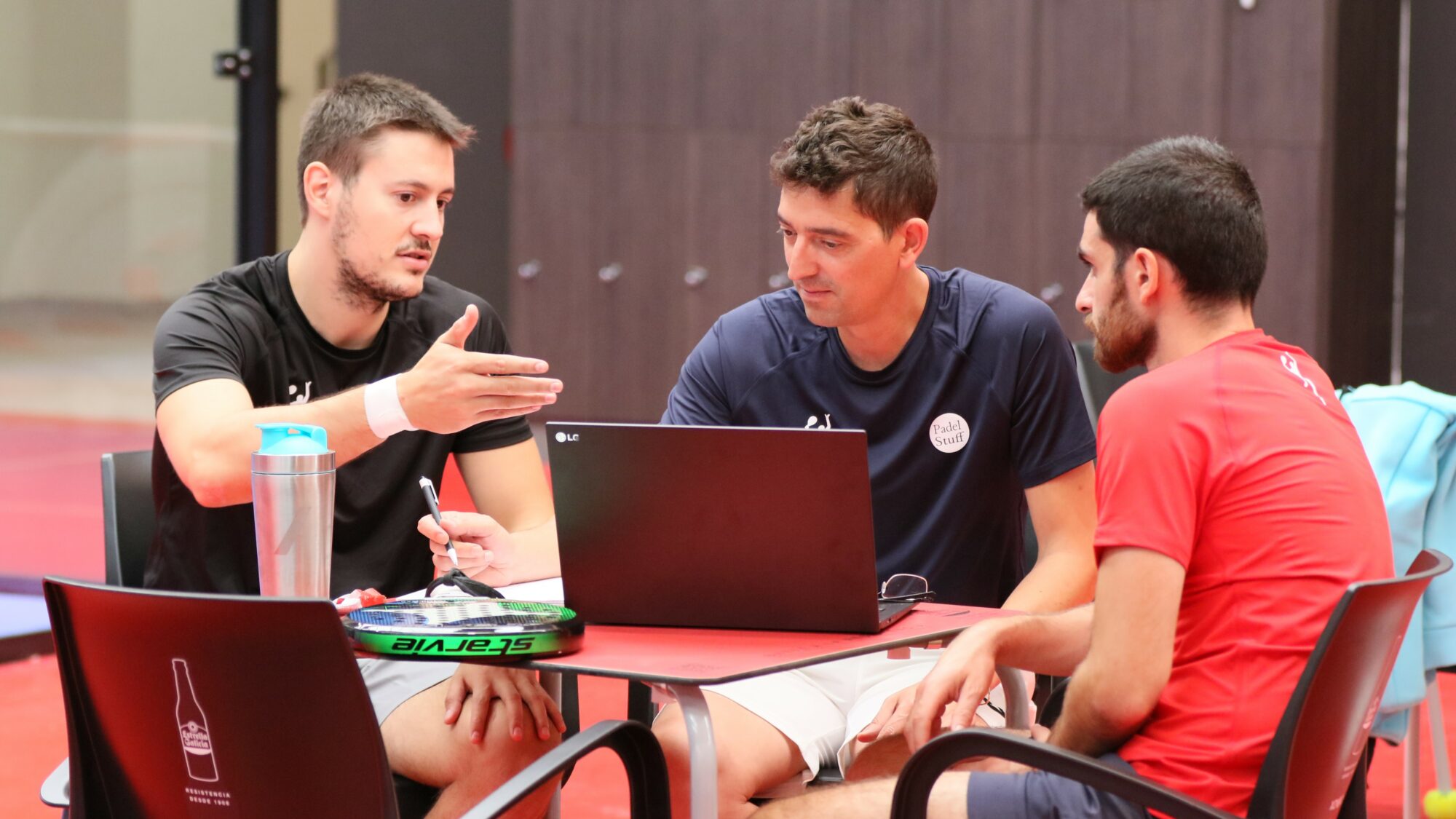 At the heart of padel – Episode 25: Paul and Andoni answer your questions
At the heart of padel – Episode 25: Paul and Andoni answer your questions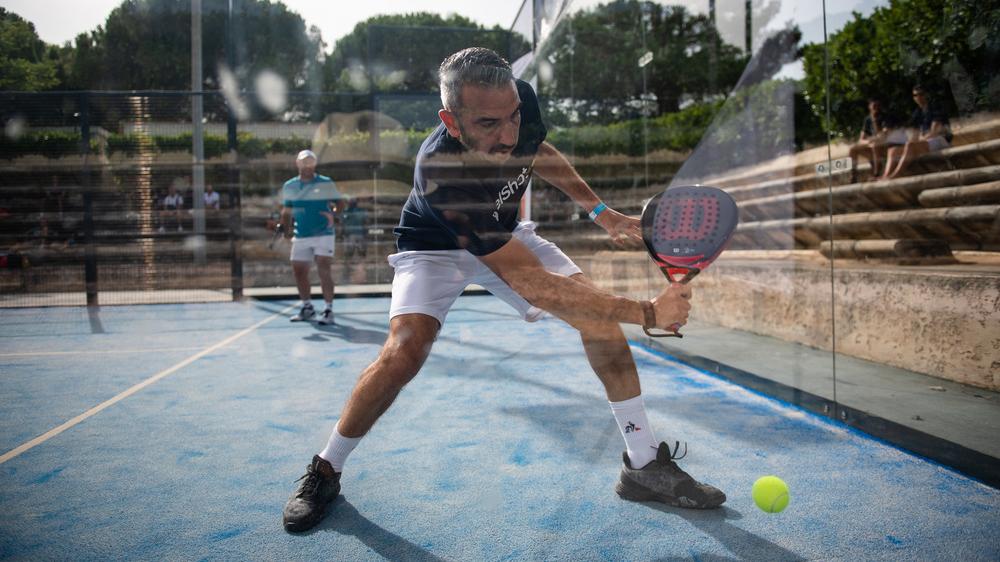 Simon Boissé: “We know that there are two nations in front of us”
Simon Boissé: “We know that there are two nations in front of us”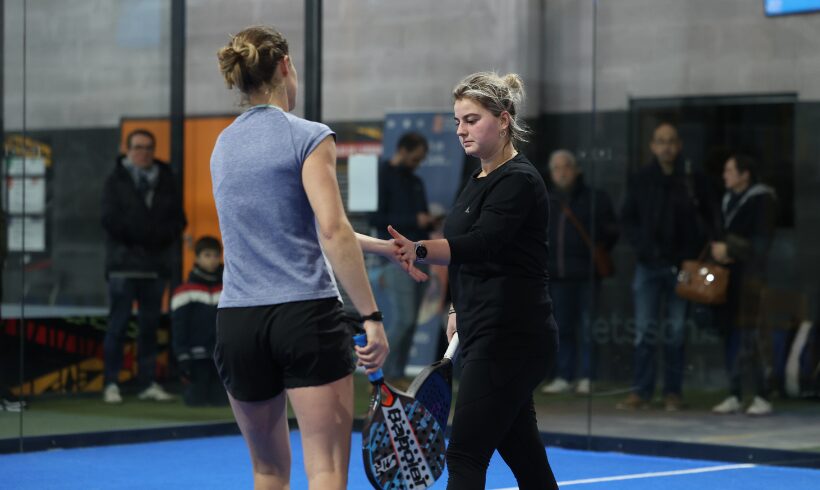 Marie Maligo: “This period of frequent changes of partners was beneficial for me”
Marie Maligo: “This period of frequent changes of partners was beneficial for me”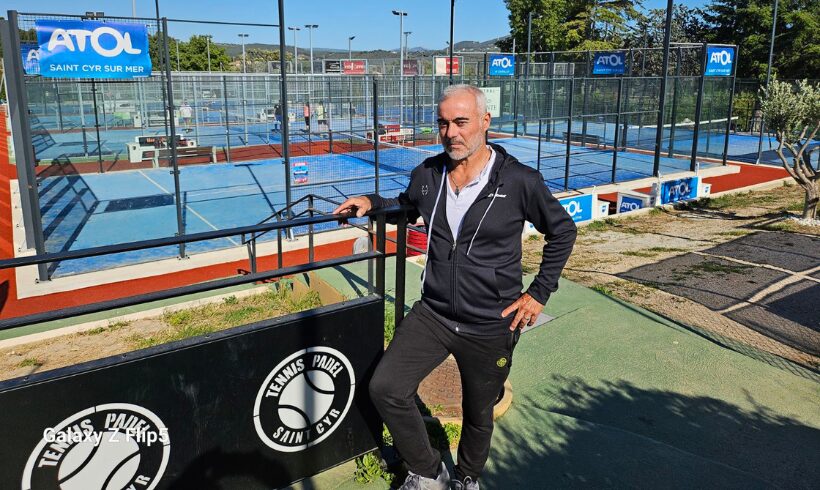 Alain Idier: “Adding tracks of padel, without sacrificing tennis”
Alain Idier: “Adding tracks of padel, without sacrificing tennis”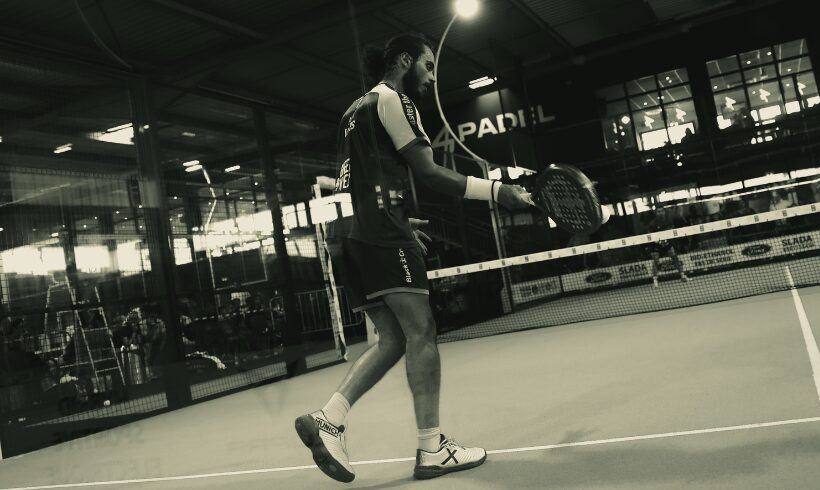 Manuel Vives: “It’s extremely difficult to get by financially”
Manuel Vives: “It’s extremely difficult to get by financially” Mind Padel Lyon and the Auvergne Rhône-Alpes League innovate with team tournaments
Mind Padel Lyon and the Auvergne Rhône-Alpes League innovate with team tournaments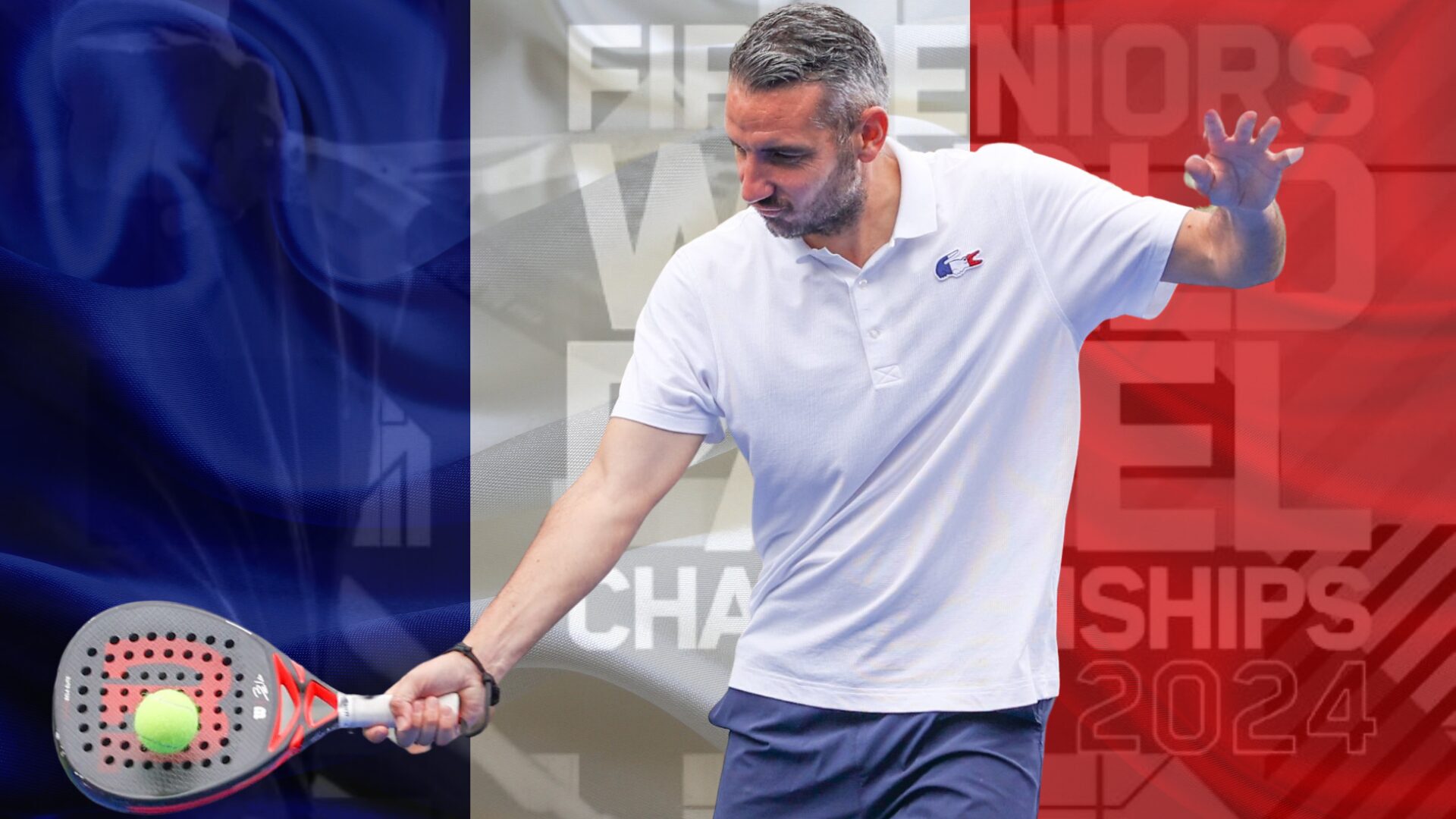 Simon Boissé: “We know that there are two nations in front of us”
Simon Boissé: “We know that there are two nations in front of us”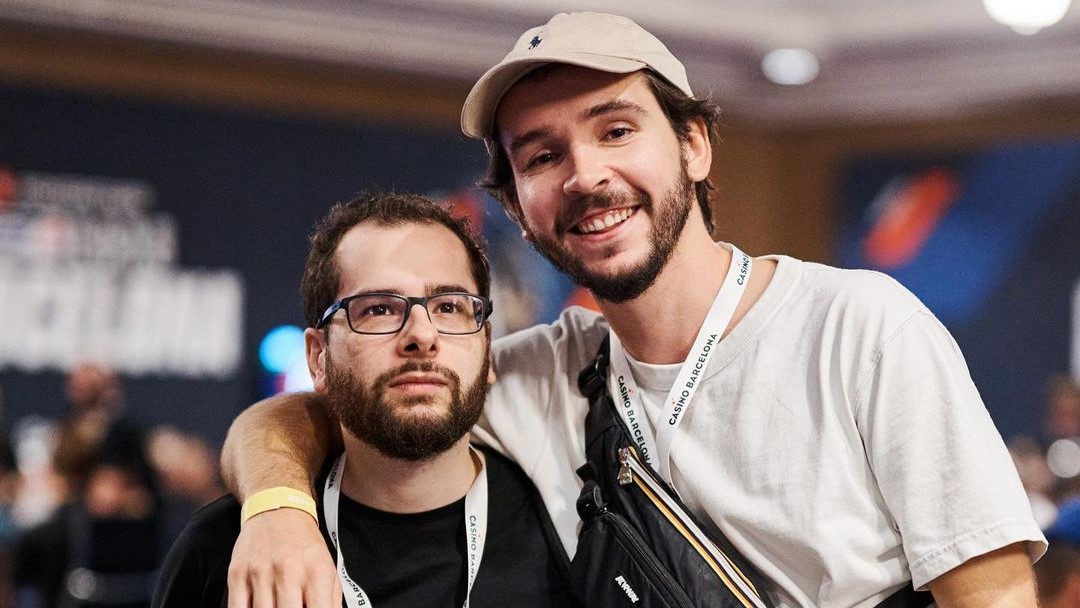 Team PAX (Domingo / Xari) returns to victory
Team PAX (Domingo / Xari) returns to victory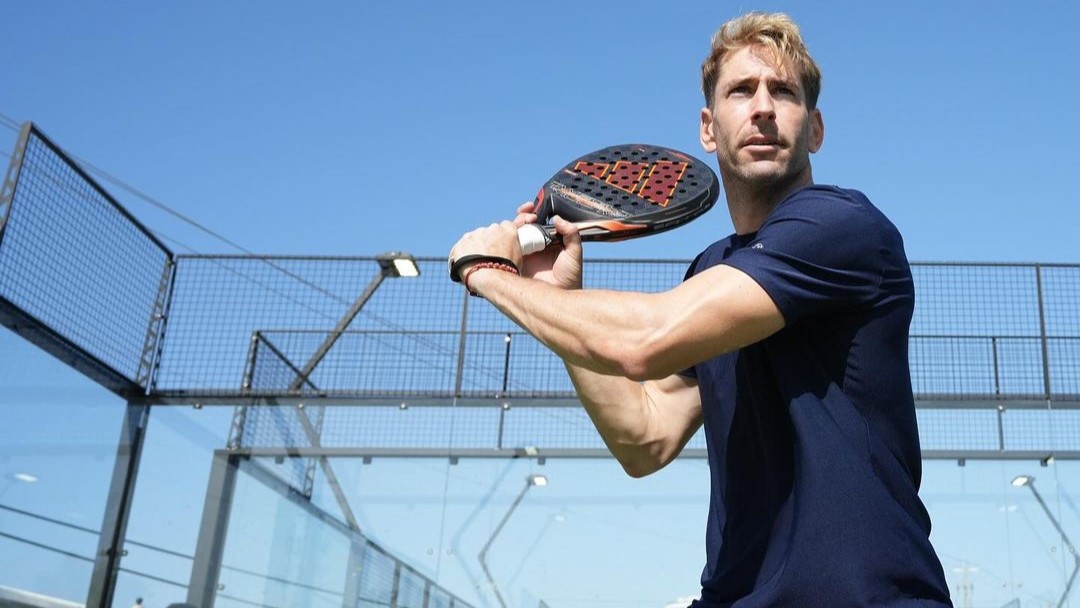 Alex Ruiz: “Finding joy again with Momo”
Alex Ruiz: “Finding joy again with Momo”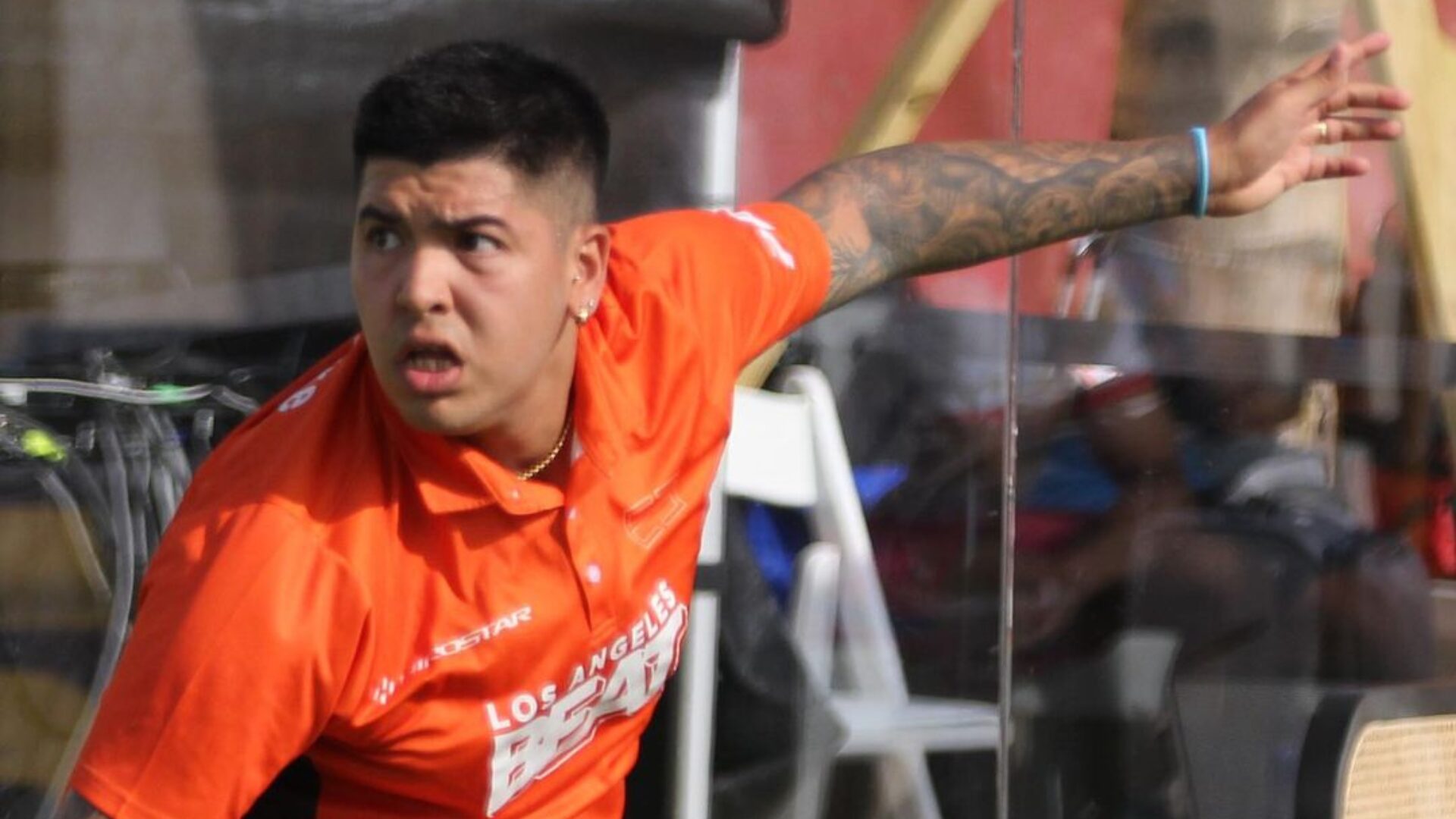 Nerone: “Tolito is not a normal player”
Nerone: “Tolito is not a normal player”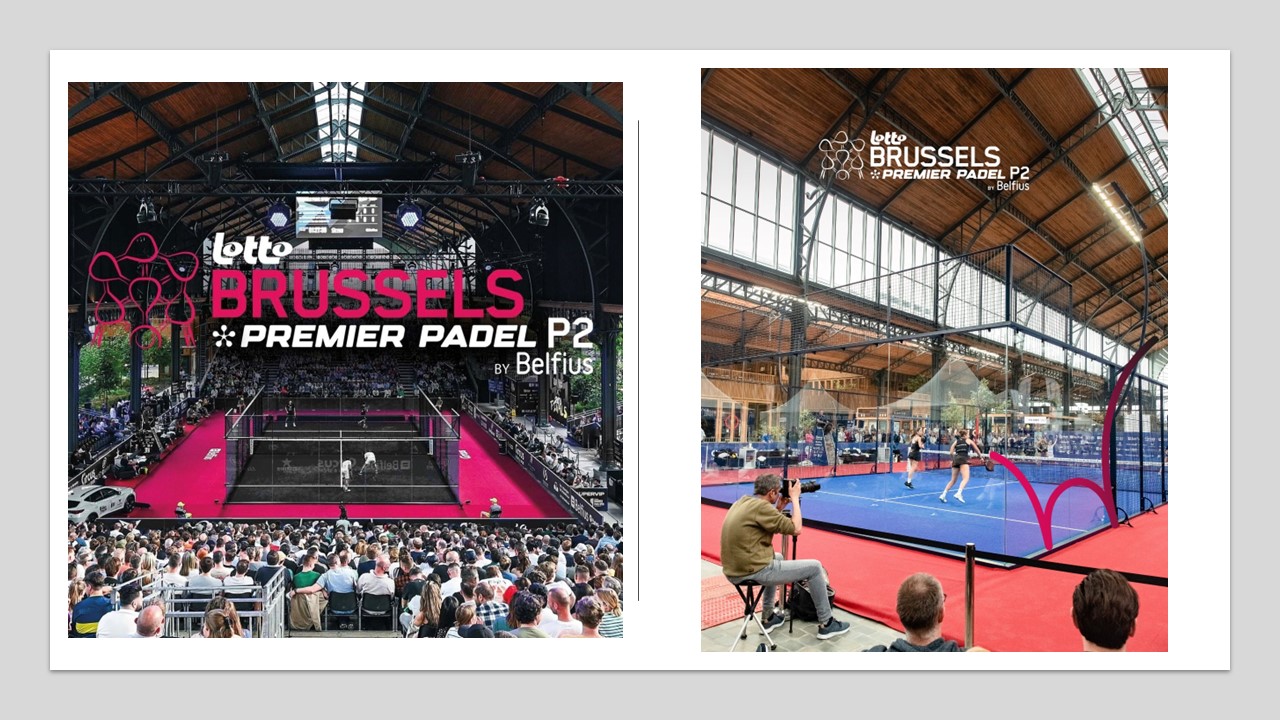 P2 Brussels – Like a new school year!
P2 Brussels – Like a new school year!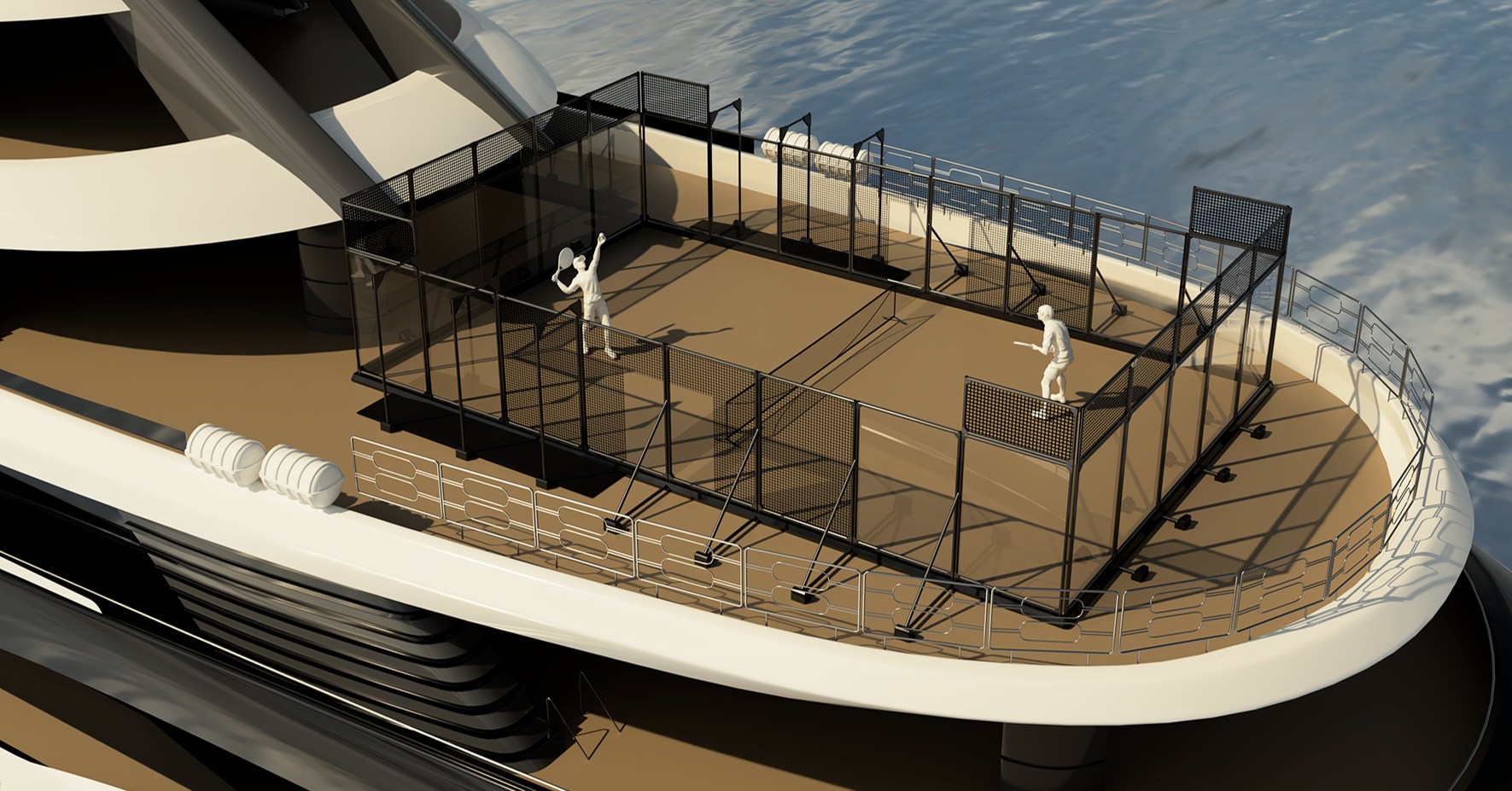 Play at padel on his yacht? Possible for €233.000!
Play at padel on his yacht? Possible for €233.000!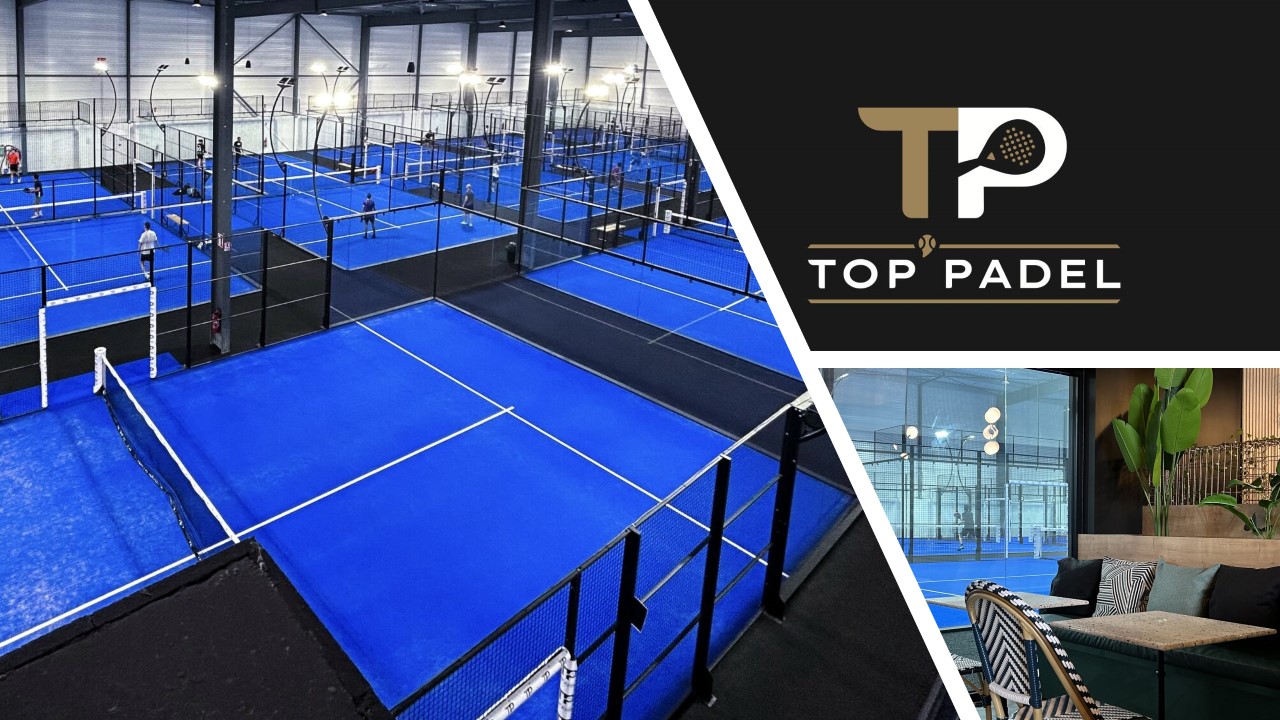 TOP Padel : “A premium club with 10 slopes in Toulouse”
TOP Padel : “A premium club with 10 slopes in Toulouse”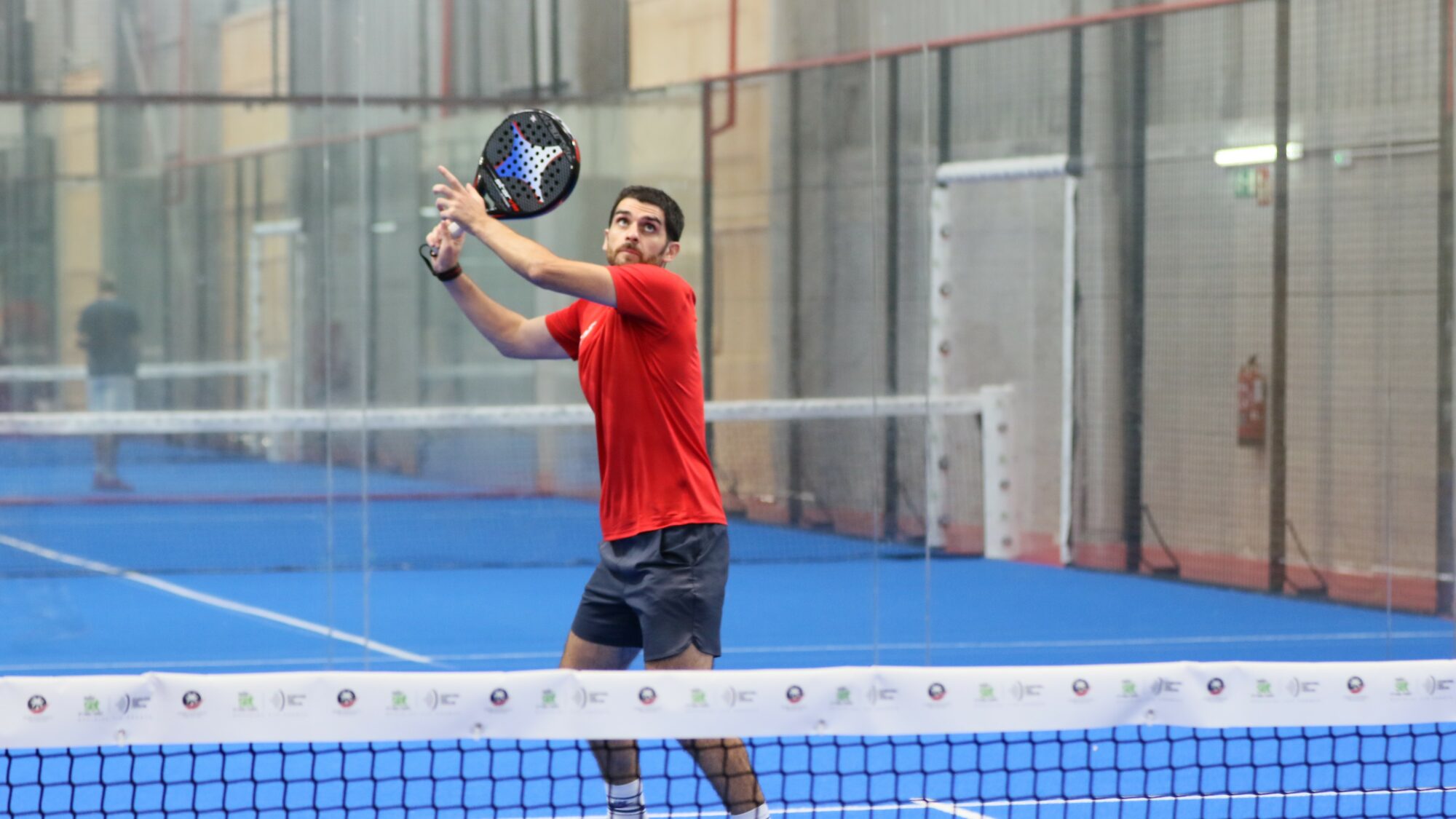 At the heart of padel – Episode 25: Paul and Andoni answer your questions
At the heart of padel – Episode 25: Paul and Andoni answer your questions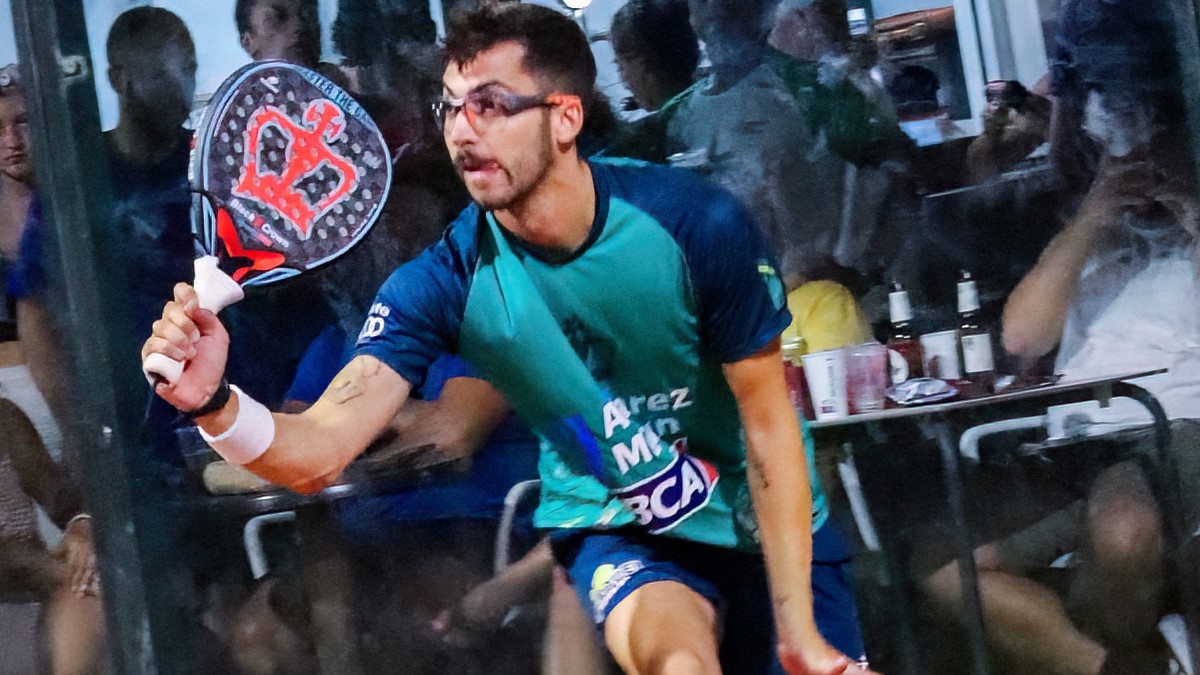 Tactical padel – What to do when faced with players who systematically stay at the bottom?
Tactical padel – What to do when faced with players who systematically stay at the bottom?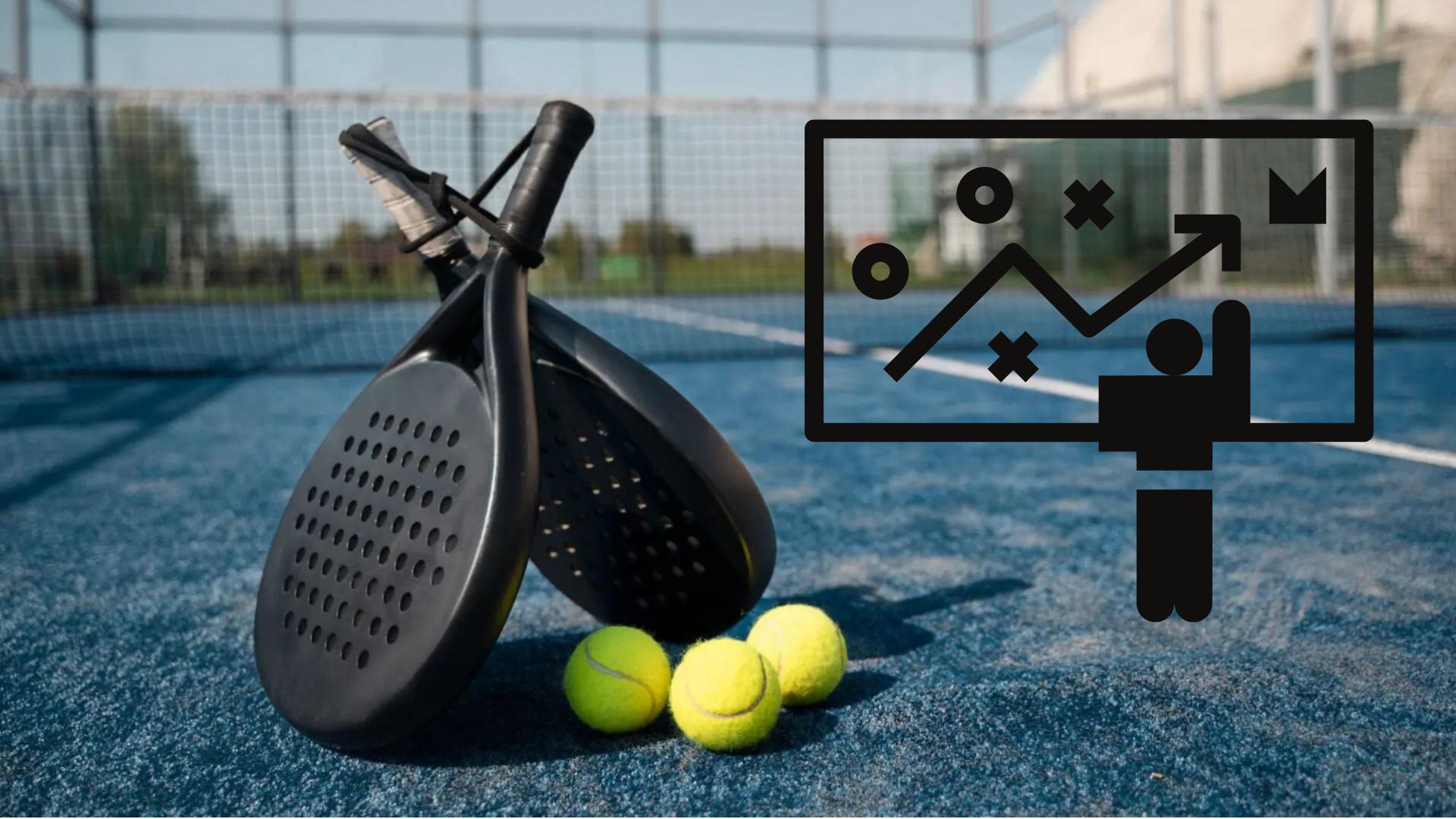 The basic tactics of padel
The basic tactics of padel A par 4 is always a winner...even if you manage to defend it!
A par 4 is always a winner...even if you manage to defend it!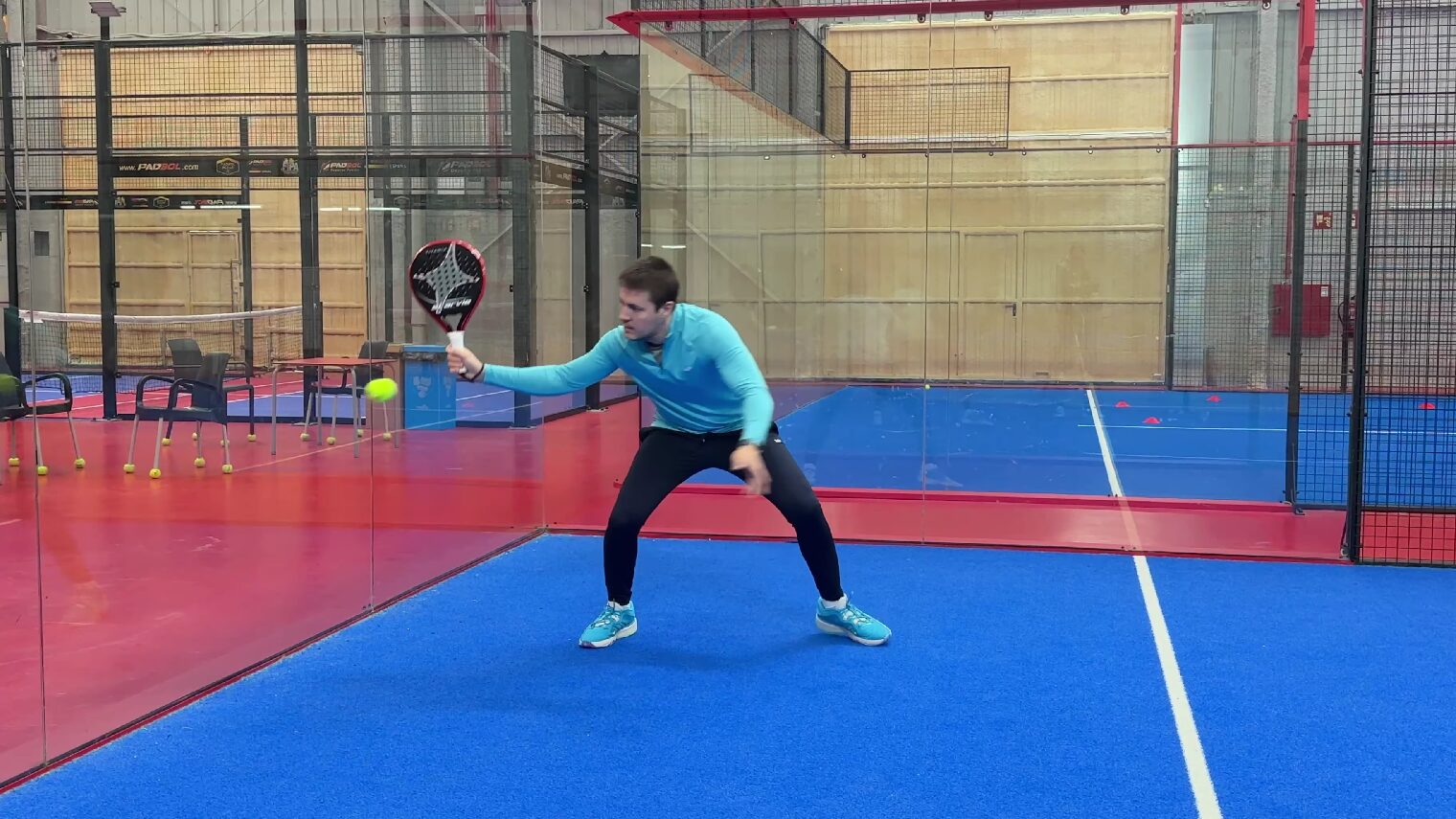 At the heart of padel – Episode 23: defend the window well
At the heart of padel – Episode 23: defend the window well Prohibition on playing topless Padel : the reasons
Prohibition on playing topless Padel : the reasons FIP Tour – Going far from Europe, THE strategy to earn points!
FIP Tour – Going far from Europe, THE strategy to earn points!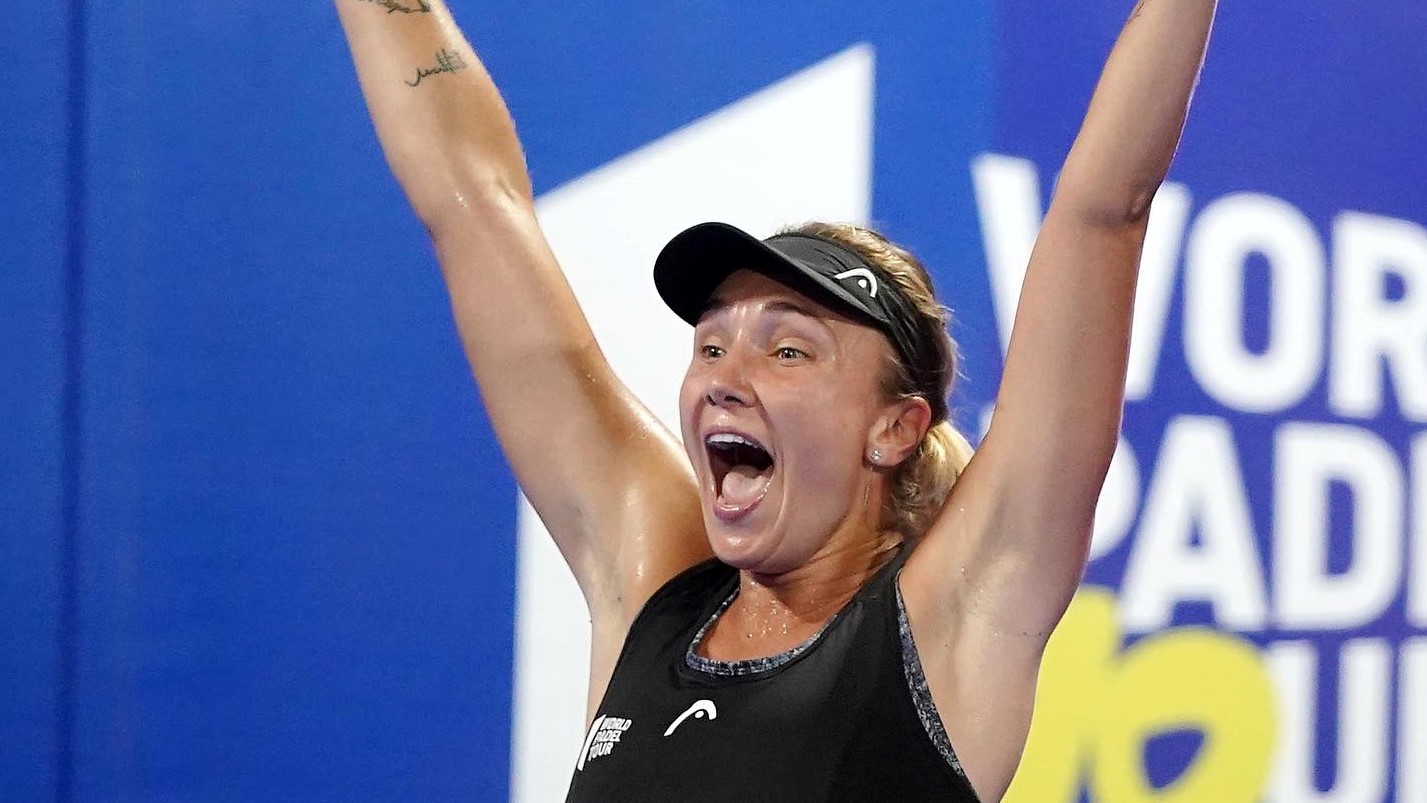 What is a good football player? padel ?
What is a good football player? padel ? “Lefties give me headaches when I play against them!”
“Lefties give me headaches when I play against them!”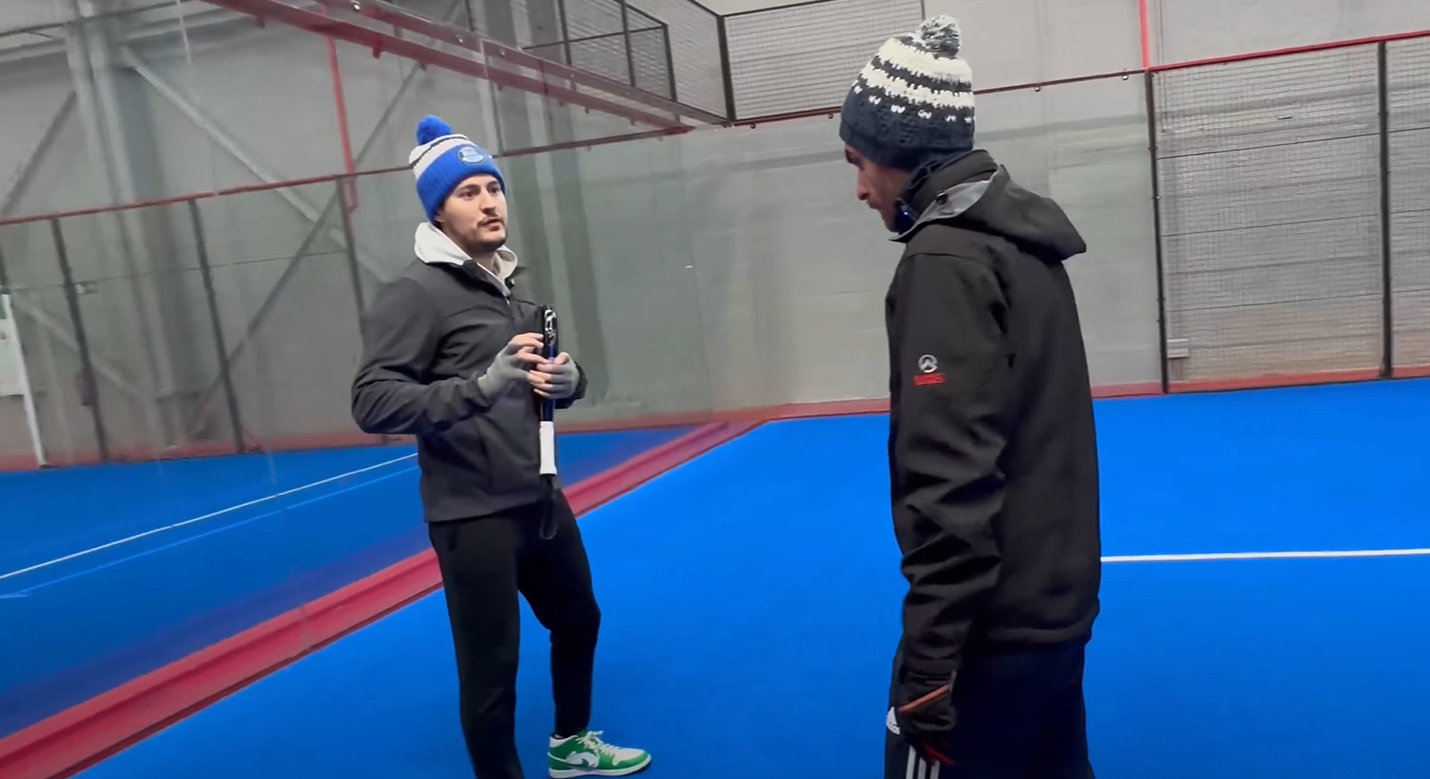 At the heart of padel – Episode 14: how to earn points in winter?
At the heart of padel – Episode 14: how to earn points in winter?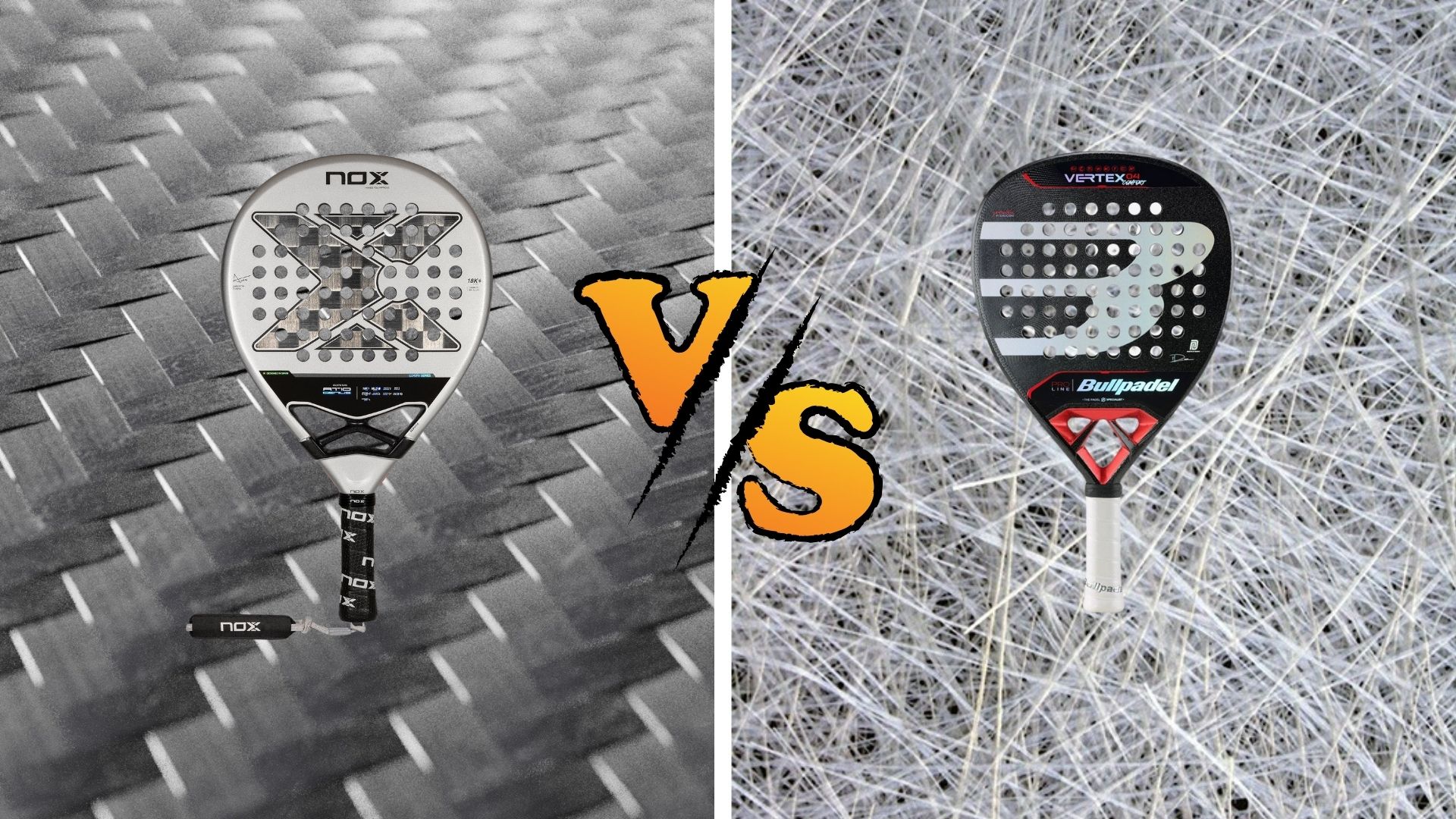 Carbon fiber VS fiberglass: what to choose?
Carbon fiber VS fiberglass: what to choose?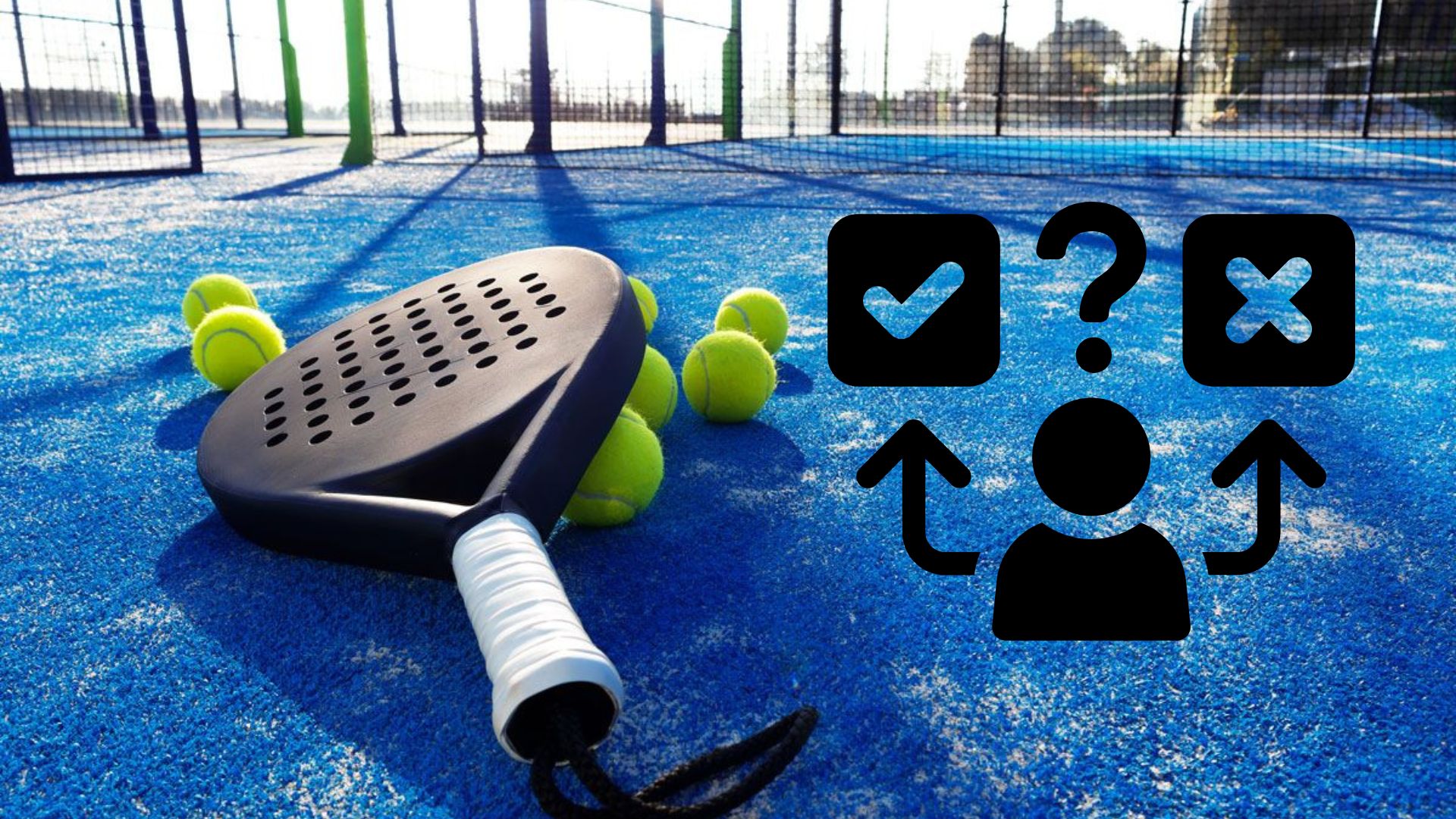 How to effectively test a racket padel ?
How to effectively test a racket padel ?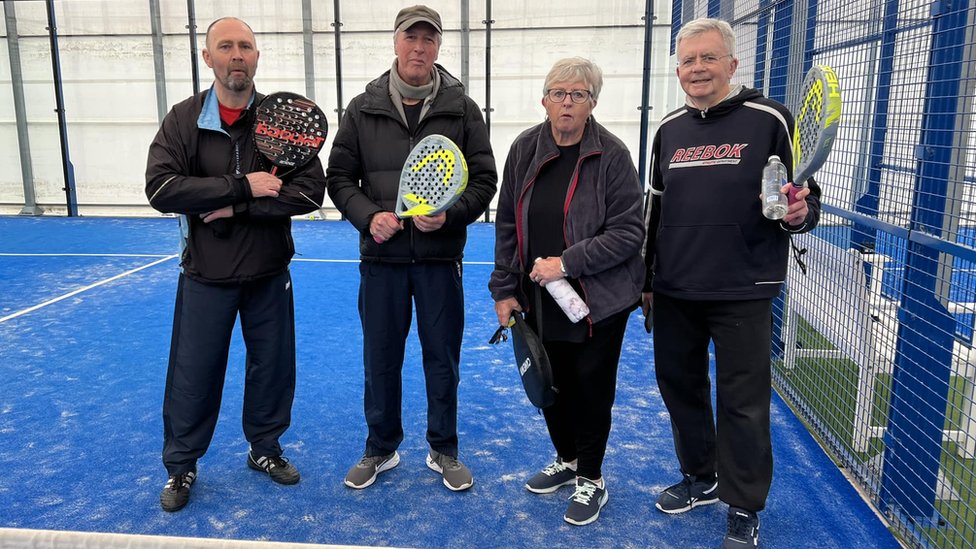 La padel to fight Parkinson's disease
La padel to fight Parkinson's disease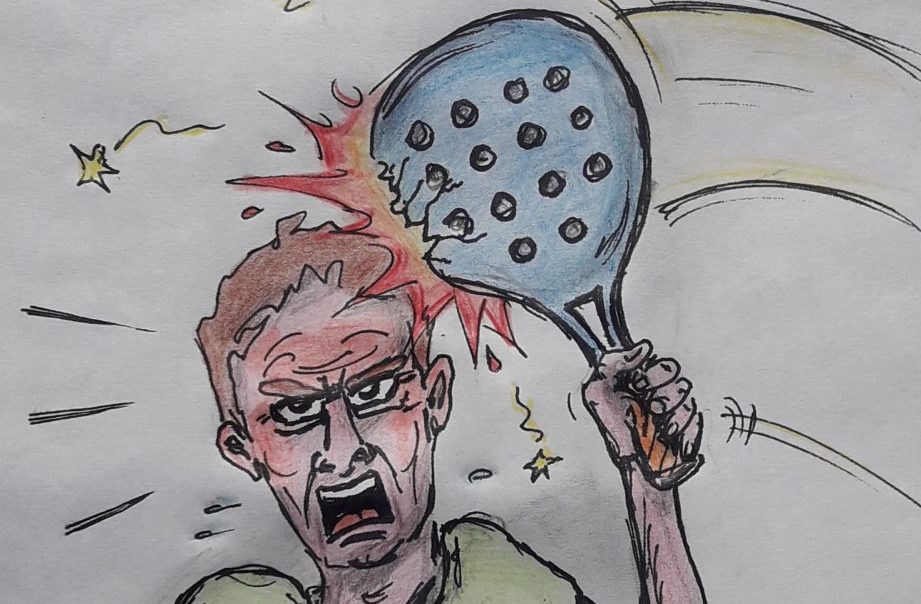 Don't play with a cracked or broken racket, your body will thank you!
Don't play with a cracked or broken racket, your body will thank you! Michel Cymes: “The padel, physically, it’s serious!”
Michel Cymes: “The padel, physically, it’s serious!” Jeremy Gala: “Promote the padel among young people in Belgium remains a challenge”
Jeremy Gala: “Promote the padel among young people in Belgium remains a challenge”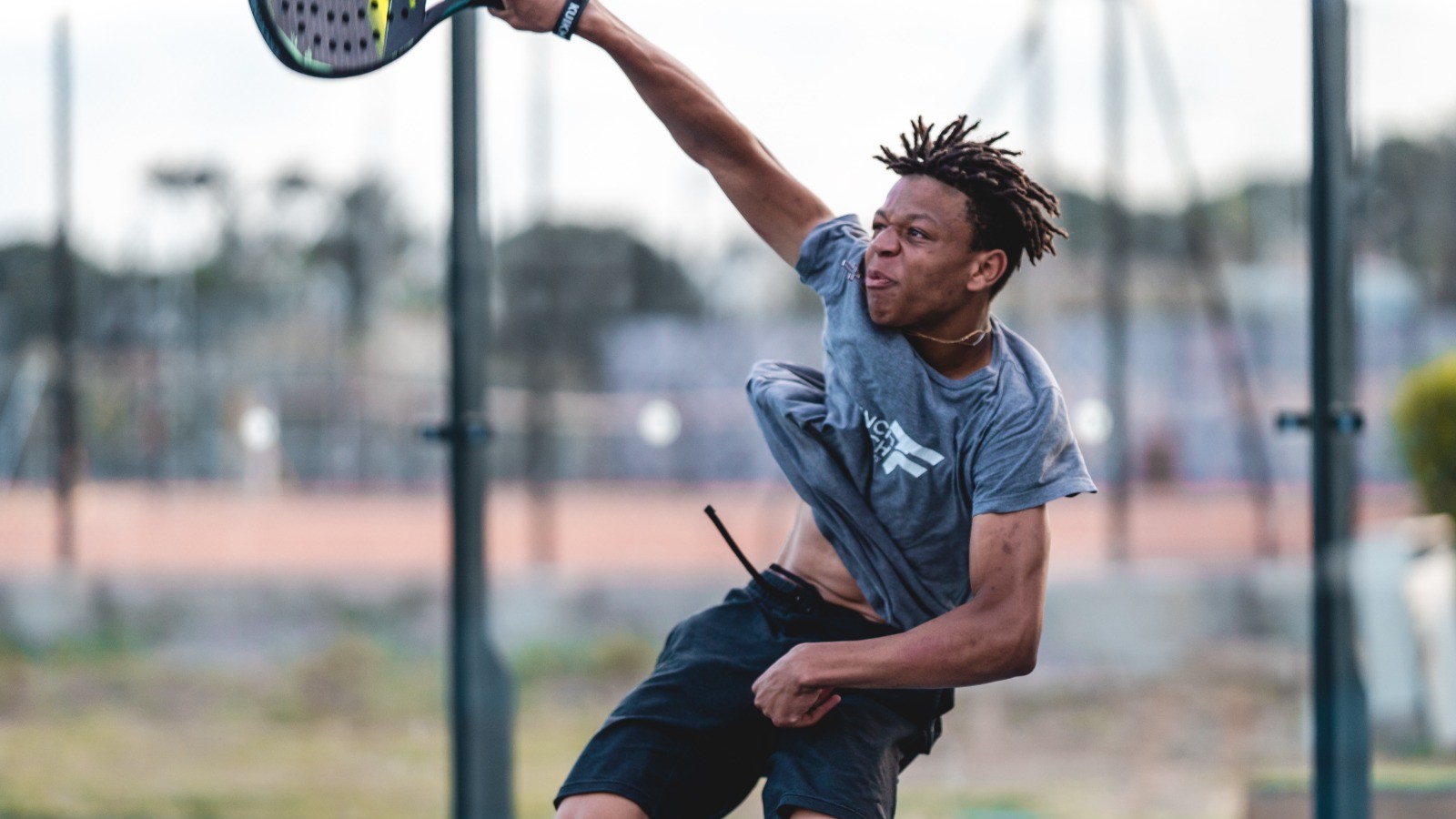 The French Touch Academy organizes its selection day Padel-Study
The French Touch Academy organizes its selection day Padel-Study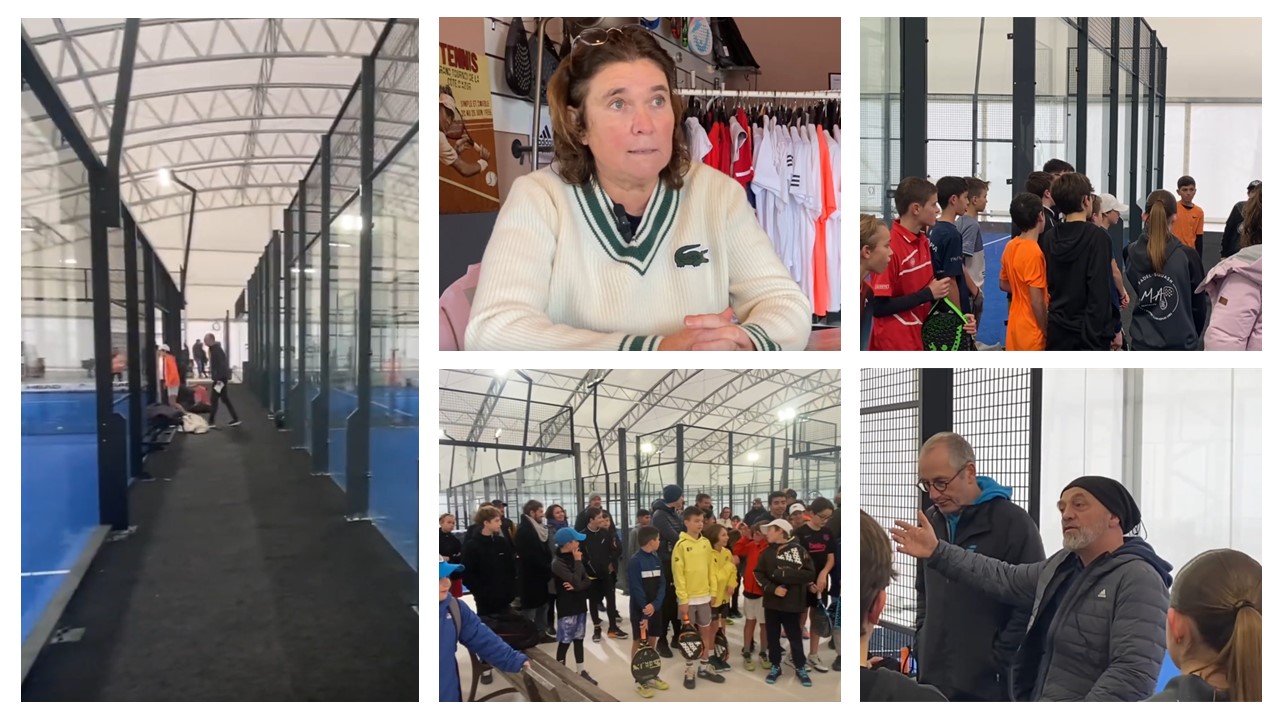 Report on the detection and training of younger generations
Report on the detection and training of younger generations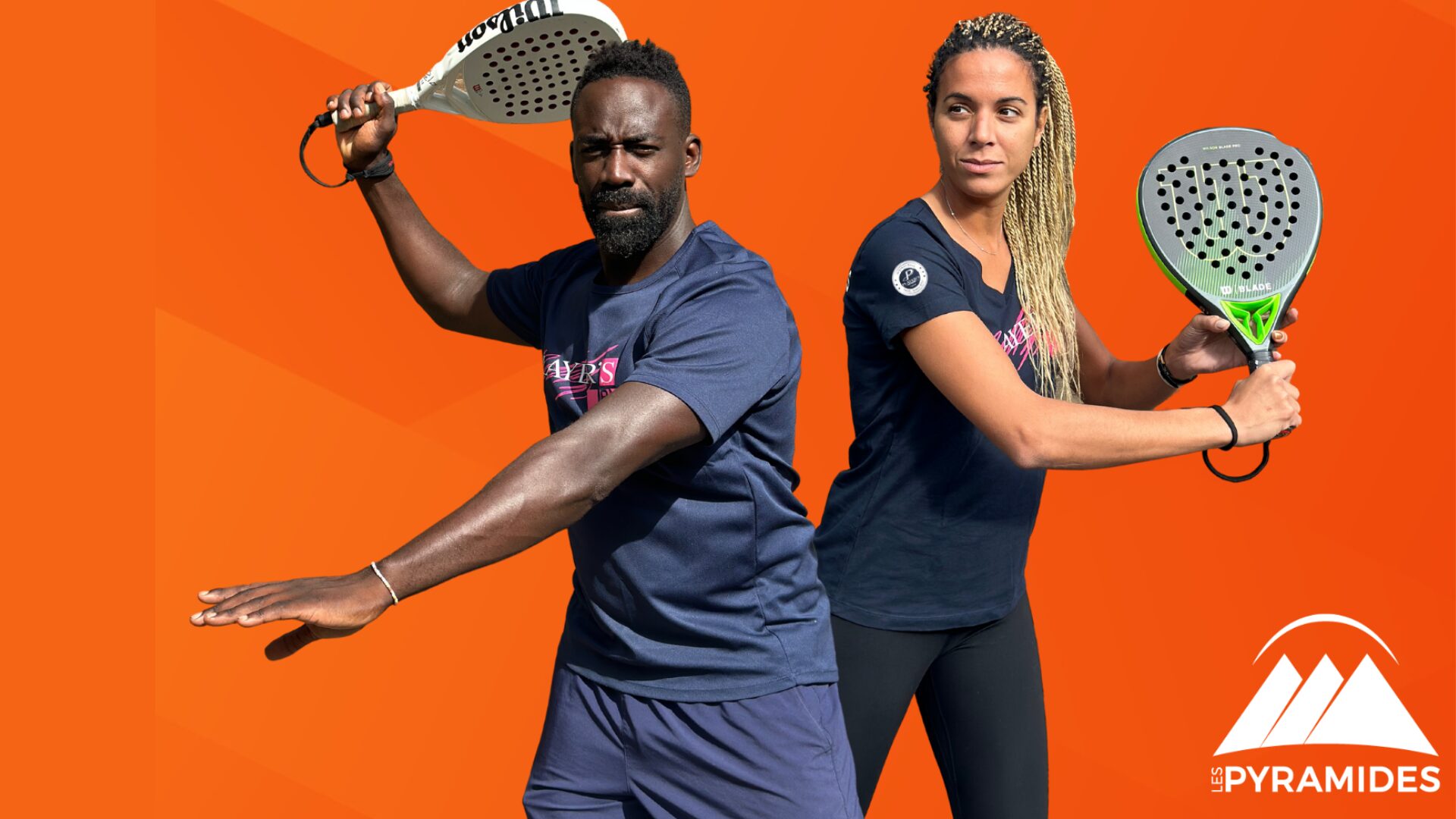 Player's adult courses from April 8 to 21, 2024!
Player's adult courses from April 8 to 21, 2024!